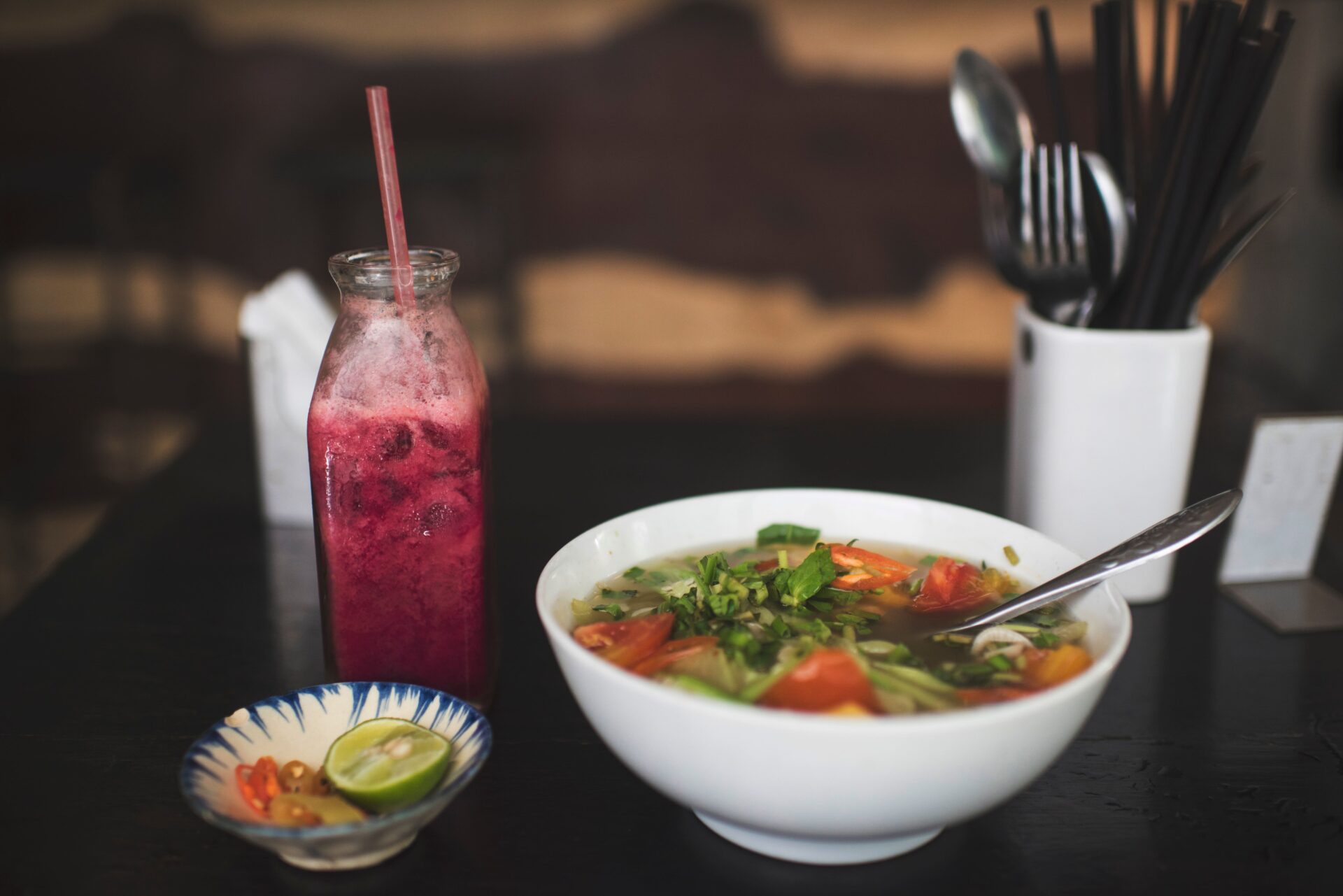Vietnam’s Culinary Industry: From Traditional Flavors to Modern Fusion

Vietnam is renowned for its historical context, culture, and rich culinary heritage. Especially in recent years, with the waves of globalization and the rapid growth of the Vietnamese economy, the country’s culinary industry has experienced a remarkable evolution. From traditional dishes to modern fusion cuisines, Vietnamese culinary arts, with its depth and diversity, are drawing attention from around the world.
目次
1. Historical Background of Vietnamese Cuisine
Vietnamese cuisine, with its history and geographical factors, boasts a wide array of flavors. The northern regions, characterized by mountainous terrains, prominently feature fish sauce and sugar, exemplified by dishes like “Pho.” Central areas are known for spicier dishes, with “Bun bo Hue” being a prime example. The southern regions focus on refreshing dishes using diverse fruits and vegetables, popularized by items like “Goi Cuon” and “Banh Xeo.”
2. The Rapid Growth of the Gourmet Industry and Contemporary Trends
With the recent economic growth in Vietnam, the gourmet industry has been influenced substantially. In urban areas, there’s been an increase in restaurants serving international and fusion cuisines. In cities like Ho Chi Minh City and Hanoi, innovative dishes incorporating diverse international ingredients are emerging. Furthermore, there’s a growing trend toward health-conscious and ecologically based cuisines, leading to a rise in restaurants and cafes using organic ingredients.
3. The Rise of Fusion Cuisine and Innovative Endeavors
Traditional Vietnamese dishes are evolving with the incorporation of modern techniques and foreign ingredients. For instance, the “Banh Mi” that incorporates French techniques, or innovative dishes that combine Japanese sushi with Vietnamese spring rolls, showcase the flexibility and creativity of the Vietnamese culinary scene.

4. The Global Influence of Vietnamese Culinary Arts
Vietnamese cuisine, recognized for its unique flavors and healthy aspects, receives high acclaim internationally. In global metropolises like New York or London, there’s a proliferation of Vietnamese restaurants, with many savoring dishes like “Pho” and “Banh Mi.” This international influence not only aids in the dissemination of Vietnamese culinary culture but also signifies potential future growth for the Vietnamese gourmet industry.
5. Future Prospects and Sustainable Culinary Culture
For the sustainable growth of Vietnam’s culinary industry, consideration toward the environment and sustainable sourcing of ingredients is essential. Adopting organic farming practices and using local produce, for instance, can contribute to a sustainable culinary culture while preserving the traditional essence of Vietnamese food.
6. Conclusion
Vietnam’s culinary industry has carved its unique niche through the fusion of tradition and modernity. Its continued evolution and growth are certain. The depth, diversity, and future prospects of Vietnamese culinary arts will surely continue to enchant people worldwide.
(Photo by Unsplash.com)



